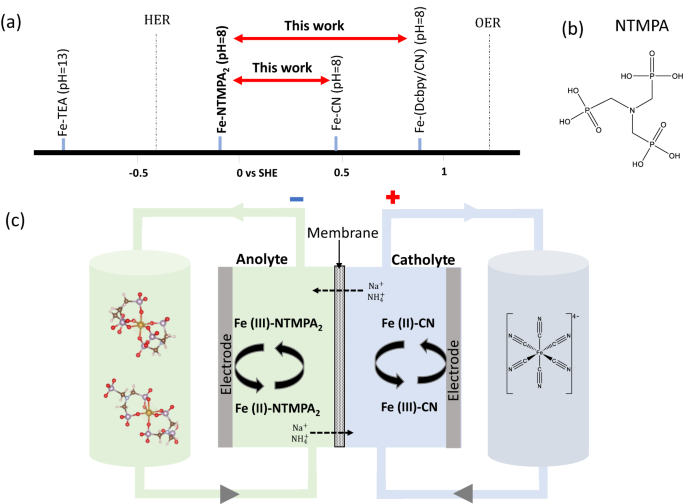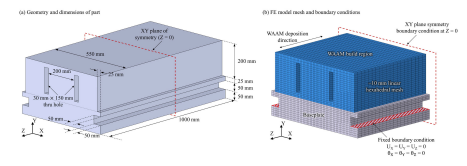2024-03-25 ノースカロライナ州立大学(NCState)
<関連情報>
- https://news.ncsu.edu/2024/03/new-software-boosts-accuracy-of-tech-to-measure-crop-health/
- https://spj.science.org/doi/full/10.34133/plantphenomics.0157
ポラリメトリーを用いたハイパースペクトル画像における照明、葉、視野角依存性の軽減 Mitigating Illumination-, Leaf-, and View-Angle Dependencies in Hyperspectral Imaging Using Polarimetry
DANIEL KRAFFT , CLIFTON G. SCARBORO , WILLIAM HSIEH, COLLEEN DOHERTY , […], AND MICHAEL KUDENOV
Plant Phenomics Published:22 Mar 2024
DOI:https://doi.org/10.34133/plantphenomics.0157

Abstract
Automation of plant phenotyping using data from high-dimensional imaging sensors is on the forefront of agricultural research for its potential to improve seasonal yield by monitoring crop health and accelerating breeding programs. A common challenge when capturing images in the field relates to the spectral reflection of sunlight (glare) from crop leaves that, at certain solar incidences and sensor viewing angles, presents unwanted signals. The research presented here involves the convergence of 2 parallel projects to develop a facile algorithm that can use polarization data to decouple light reflected from the surface of the leaves and light scattered from the leaf’s tissue.
The first project is a mast-mounted hyperspectral imaging polarimeter (HIP) that can image a maize field across multiple diurnal cycles throughout a growing season. The second project is a multistatic fiber-based Mueller matrix bidirectional reflectance distribution function (mmBRDF) instrument which measures the polarized light-scattering behavior of individual maize leaves. The mmBRDF data was fitted to an existing model, which outputs parameters that were used to run simulations. The simulated data were then used to train a shallow neural network which works by comparing unpolarized 2-band vegetation index (VI) with linearly polarized data from the low-reflectivity bands of the VI. Using GNDVI and red-edge reflection ratio we saw an improvement of an order of magnitude or more in the mean error (ϵ) and a reduction spanning 1.5 to 2.7 in their standard deviation (ϵσ) after applying the correction network on the HIP sensor data.



